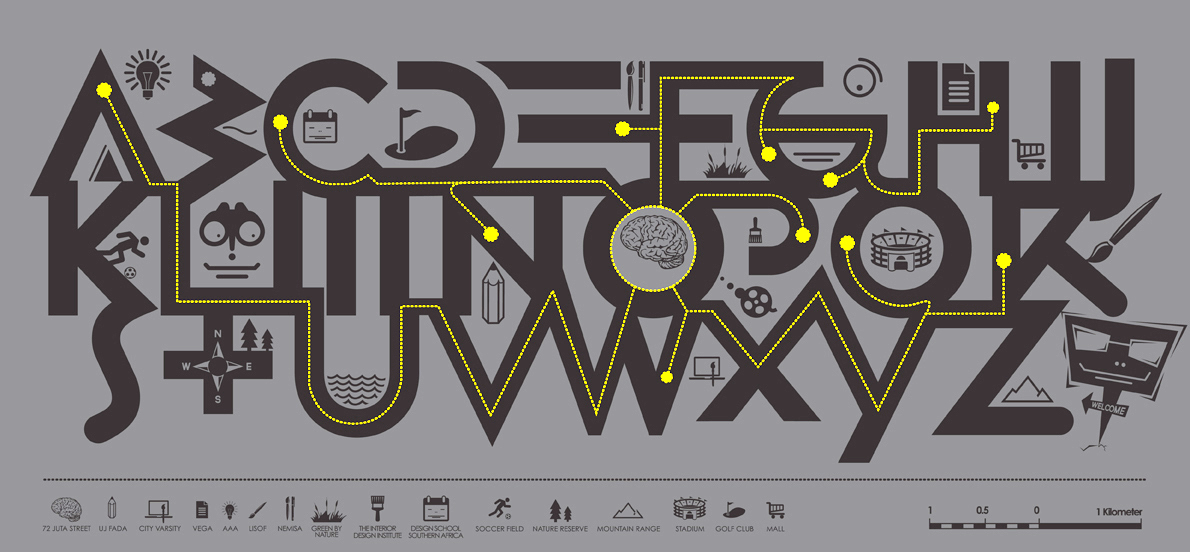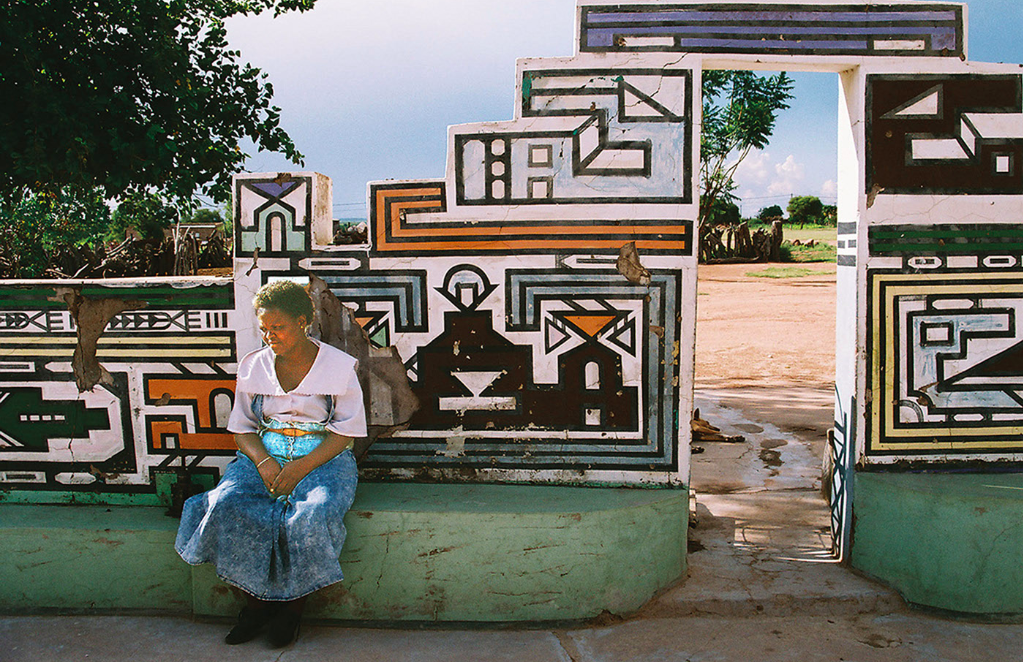Osmond Tshuma is Amplifying the Voice of Africa Through Type and Art
One of the highlights of the Obama Foundation Africa Leaders initiative that took place in Johannesburg in 2019 was the resplendently designed space. The venue and event materials featured a visual theme that was dynamic, attractive and reminiscent of the murals of Esther Mahlangu. However, the designer behind this vividly African design is Zimbabwean award-winning designer and art director, Osmond Tshuma.
A graphic designer who is inspired by Saki Mafundikwa’s message of drawing African designs from the Africa story, Osmond has concentrated on using his design as a tool of achieving social change. Beyond creating enthralling aesthetics defining the African story, he is rewriting the African history. One of Osmond’s most notable work is the Colonial Bastard Rhodes typeface, a bold critic of colonialism in Africa. In his interview with Nana Ocran for Let’s Be Brief, he said of colonialism, ‘Colonialism was an act of brutality clothed in the farce of civilization’’ and his typeface design ‘’…was meant to provoke a visceral response towards the images and history of Cecil John Rhodes’’. Cecil Rhodes was an imperialist and Prime Minister in the Cape colony of apartheid South Africa.
Osmond’s design carries meaning and his aesthetics are a nuanced construct. A delectable mixture of beauty and Aluta Continua. Creating strokes with shades of color, of stories, and of language.
From typography, Osmond has moved to art direction and advertising. His rebranding of local south Africa radio station, IKwekwezi FM was geared at injecting the Ndebele culture and language into the brand. Not only was his design a finalist for both the Loeries Awards and Pendoring Awards, but also, the logo and patterns became resonant with the listeners. The design gave form to their common language. It stimulated belonging.
Osmond Tshuma’s work in advertising for Soweto Gold ’76 has won him further creative acclaim. The beer was meant to be a celebration of the 40th Anniversary of the Soweto Youth Uprising; a demonstration by black school children protesting the introduction of Afrikaans as the medium of instruction in local schools in 1976. He approached the project with respect for the people who fought for the freedom the new generation currently enjoys.
To inspire Africans to do more, designers like Osmond are creating a niche that narrates the African stories by infusing her language into physical spaces and unapologetically telling people about it.






